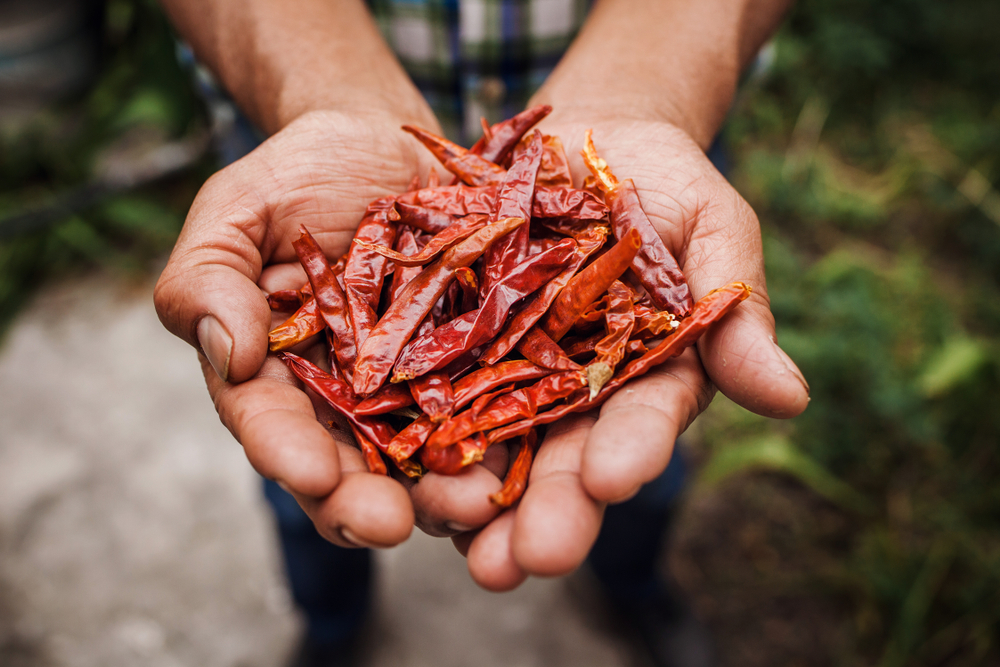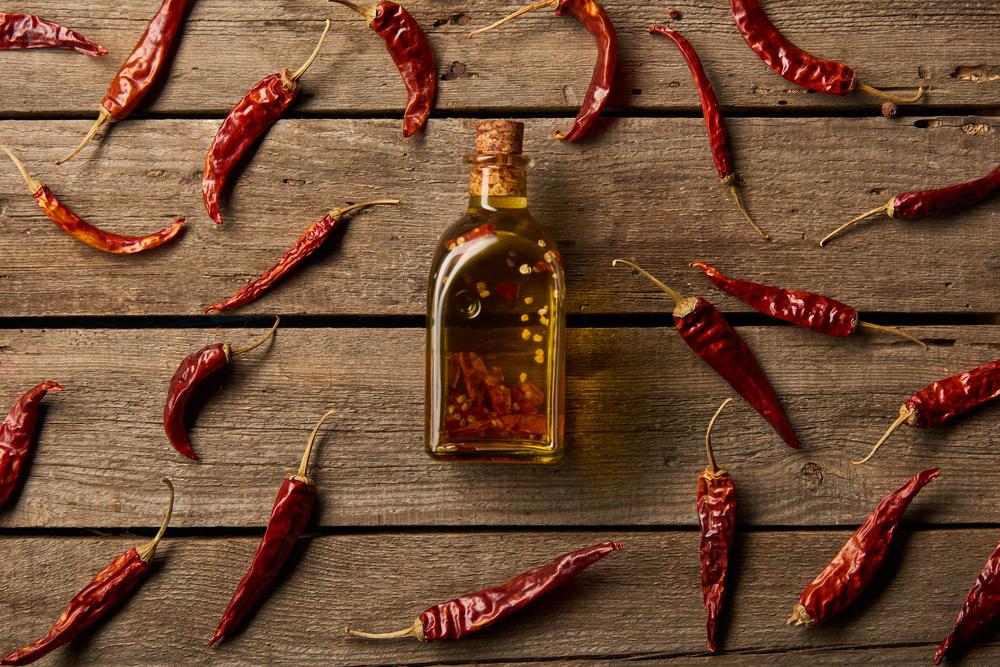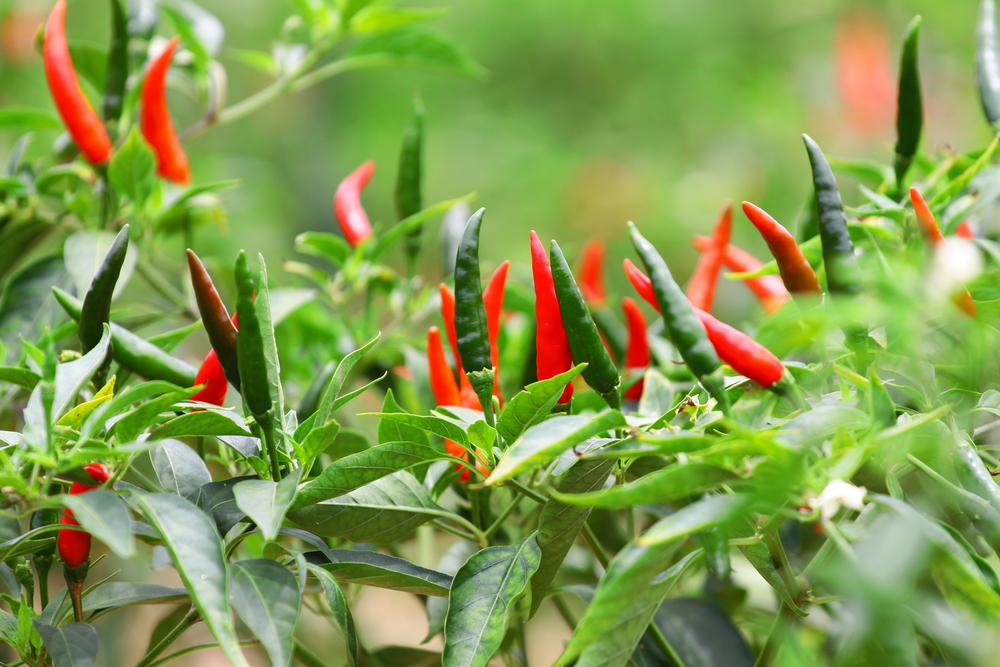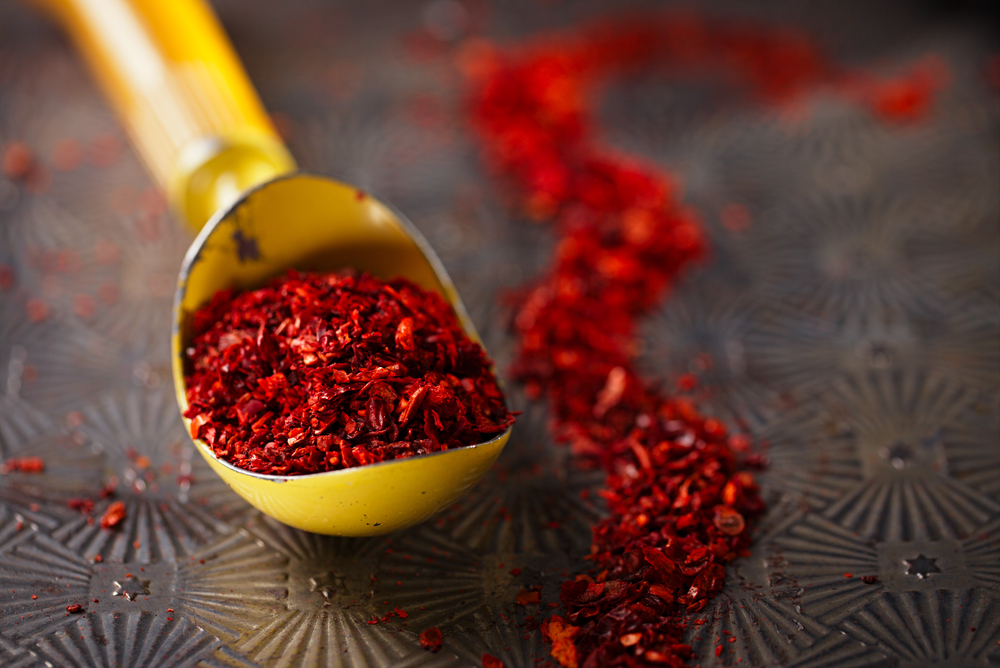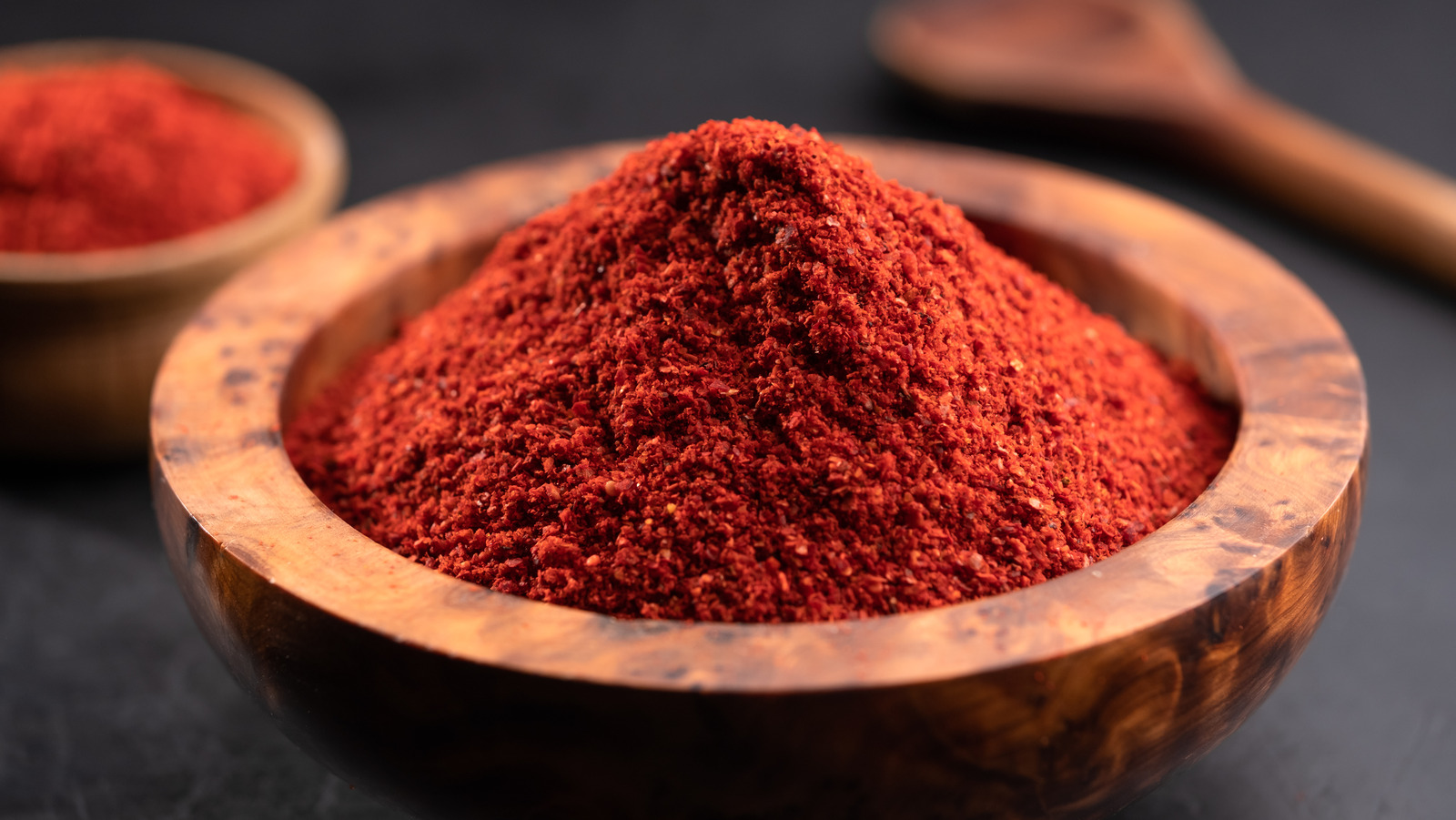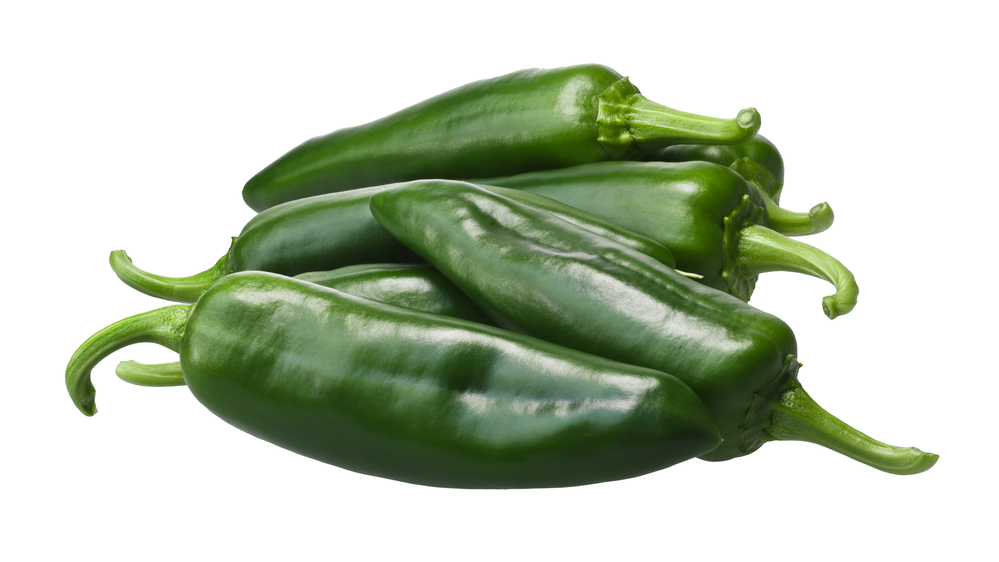Harissa is a North African condiment that has gained popularity in recent years. It is a versatile sauce that can be used as a dip, marinade, or seasoning.
Harissa is made from a blend of dried chili peppers, garlic, olive oil, and spices. The heat level can vary from mild to very spicy, depending on the type of chili peppers used.
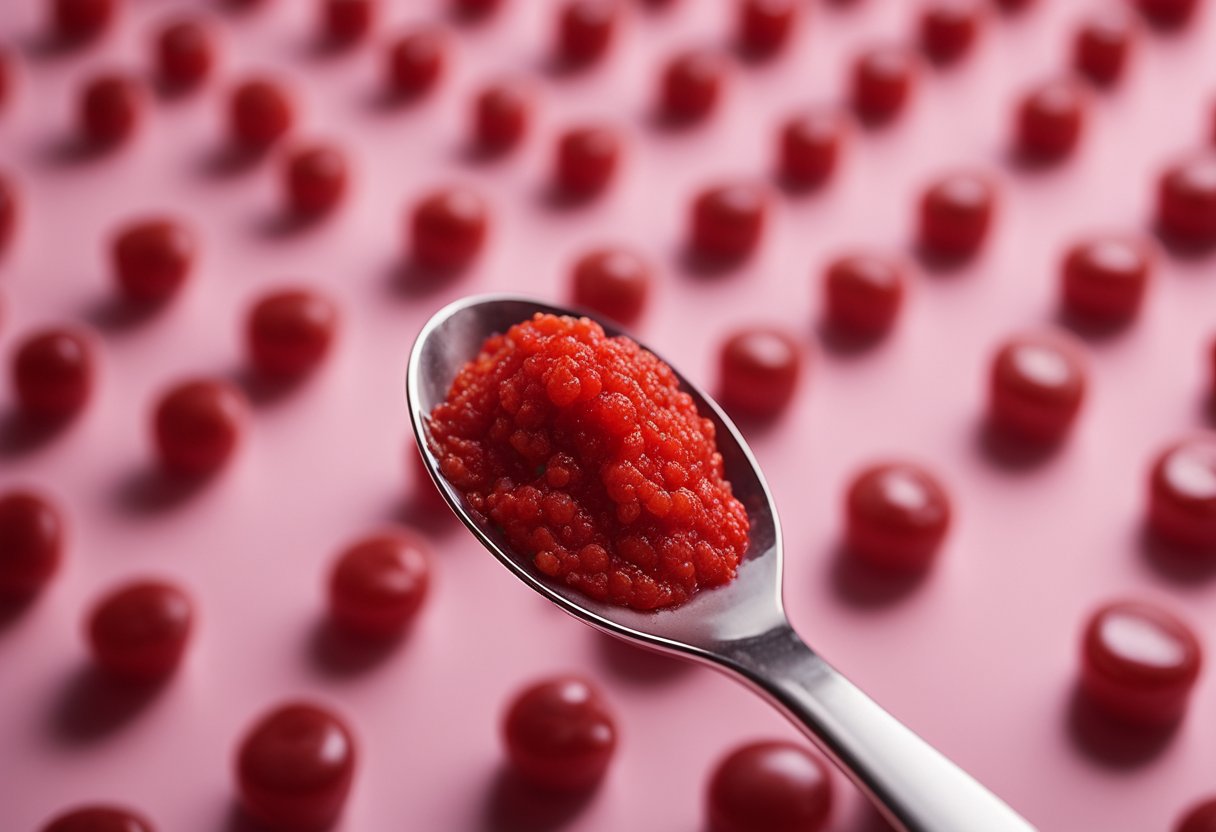
Understanding the taste profile of harissa is essential in using it in cooking. Compared to your average hot sauce, harissa brings another dimension to dishes.
The focus and main ingredient are chilies, but harissa combines chilies with spices like cumin, coriander, and caraway seeds, creating a duskier, bolder flavor. The additions vary from place to place, but these spices create a complex and multidimensional flavor profile.
Key Takeaways
- Harissa is a North African condiment made from a blend of dried chili peppers, garlic, olive oil, and spices.
- The heat level can vary from mild to very spicy.
- Harissa combines chilies with spices like cumin, coriander, and caraway seeds, creating a complex and multidimensional flavor profile.
Understanding Harissa
Harissa is a condiment that originates from North Africa, specifically Tunisia. It is a spicy paste made from chili peppers, garlic, olive oil, and a variety of spices such as cumin, coriander, and caraway. Harissa has a bright red color that comes from the chili peppers used to make it.
The taste of harissa can vary depending on the recipe and the amount of chili peppers used. Generally, it has a smoky, slightly sweet, and spicy flavor with a heat level ranging from mild to very spicy.
Some varieties may also have a tangy or acidic hint from added vinegar or lemon juice. The flavor profile of harissa is complex and multidimensional.
Harissa is a versatile condiment that can be used in a variety of ways. It is commonly used as a marinade for meat or vegetables, as a dip for bread or crackers, or as a seasoning for soups and stews. Harissa can also be used to add flavor to sandwiches, pasta dishes, and even pizza.
In Tunisia, harissa is a staple in their cuisine and is used in many traditional dishes such as couscous and tagines. It is also popular in Moroccan and Algerian cuisine.
Overall, harissa is a flavorful and spicy condiment that adds depth and complexity to any dish it is used in. Its versatility and unique taste make it a must-try for any food lover.
Taste Profile of Harissa
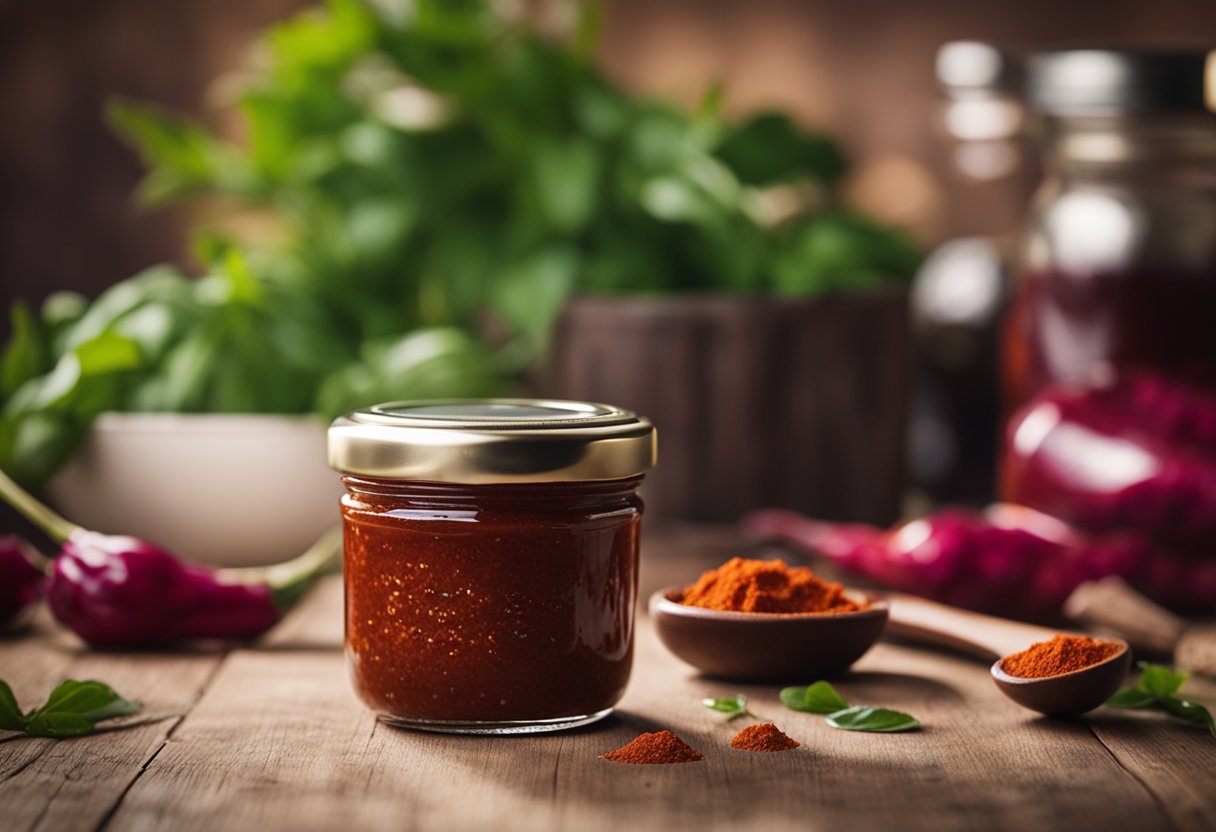
Harissa is a spicy, smoky, and slightly sweet North African chili paste that is made from dried red peppers, garlic, olive oil, salt, and coriander. The taste of harissa can vary depending on the recipe, but it is generally characterized by a complex and multidimensional flavor profile.
Harissa has a hot flavor to it, with a heat level ranging from mild to very spicy. The spiciness comes from the dried red peppers used to prepare it. Some varieties of harissa may also have a tangy or acidic hint from added vinegar or lemon juice. The sweetness in harissa comes from the onions mixed in.
The smoky flavor in harissa is derived from the roasting of the red peppers used in the paste. This adds a depth of flavor to the paste and makes it a popular ingredient in many dishes. Harissa is commonly used as a condiment and as an ingredient in soups, stews, and marinades.
Overall, harissa has a unique and exotic flavor that can add a new dimension to your dishes. Its spiciness and smokiness make it a great addition to meat dishes, while its sweetness can balance out the flavors of vegetables. If you’re a fan of spicy and flavorful food, harissa is definitely worth a try.
Ingredients of Harissa
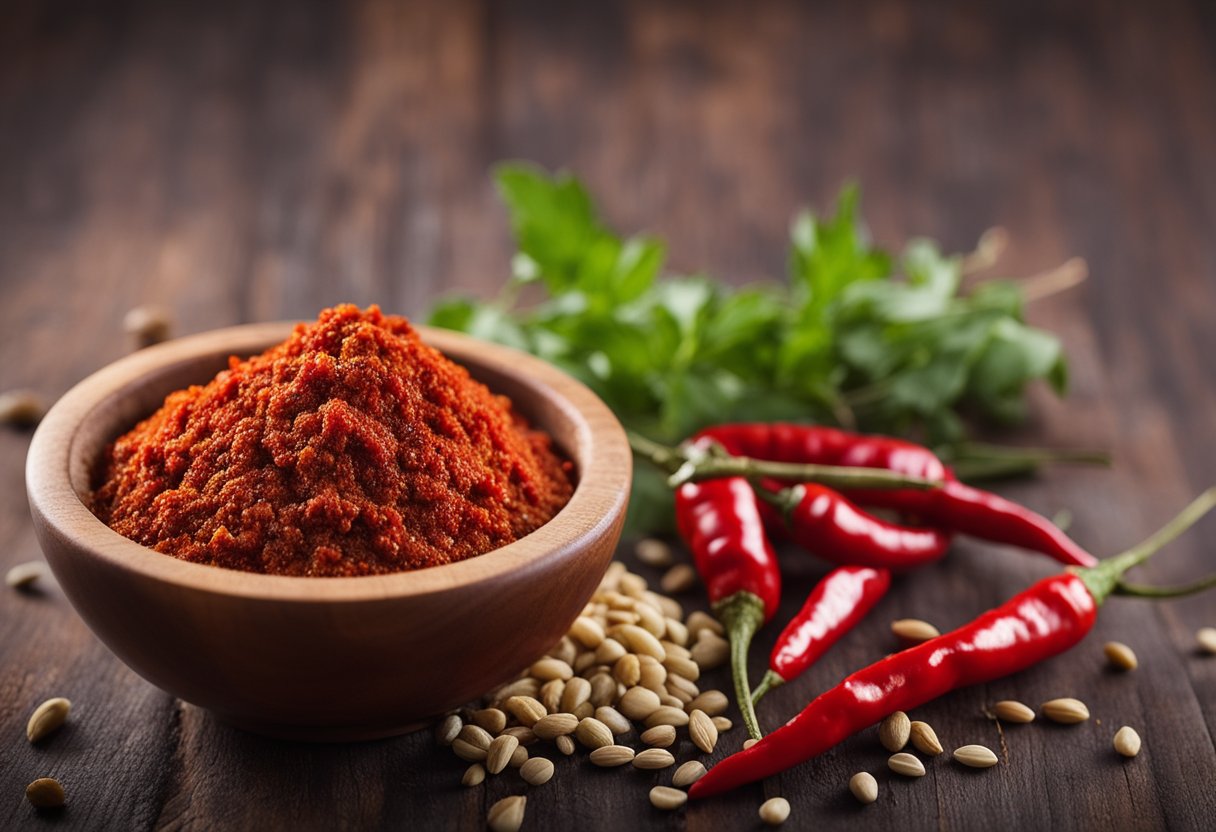
As a culinary staple in North African and Middle Eastern cuisine, harissa is a versatile and flavorful condiment that can be used to add a spicy kick to a variety of dishes. While there are many variations of harissa, most recipes include a combination of the following ingredients:
- Peppers: Harissa is typically made with dried red chili peppers, which are rehydrated and blended into a paste. The type of chili peppers used can vary, but common varieties include Aleppo, ancho, and cayenne.
- Oil: Olive oil is a common ingredient in harissa, and adds richness and depth to the flavor. Some recipes also call for other types of oil, such as vegetable or canola oil.
- Spices: Harissa is seasoned with a variety of spices, which can include coriander, cumin, caraway, and smoked paprika. These spices add complexity and depth to the flavor of the paste.
- Garlic: Fresh garlic is often included in harissa recipes, and adds a pungent and slightly sweet flavor to the paste.
- Salt: Salt is used to enhance the flavor of the other ingredients, and balance out the spiciness of the chili peppers.
- Lemon juice: Some recipes call for lemon juice, which adds a bright, acidic note to the paste.
- Tomato paste: Tomato paste is sometimes included in harissa recipes, and adds a sweet and savory flavor to the paste.
- Rose petals: Some harissa recipes call for rose petals, which add a floral note to the paste.
- Mint: Mint is sometimes used in harissa recipes, and adds a fresh, herbaceous flavor to the paste.
- Vinegar: Some recipes call for vinegar, which can add tanginess and acidity to the paste.
- Capsaicin: The active ingredient in chili peppers, capsaicin is what gives harissa its spicy heat.
- Butter: Some recipes call for butter, which can add richness and creaminess to the paste.
Overall, the combination of these ingredients creates a complex and flavorful paste that is spicy, savory, and slightly sweet. Whether used as a condiment, marinade, or ingredient in a recipe, harissa adds a distinctive and delicious flavor to any dish.
Harissa in Cooking
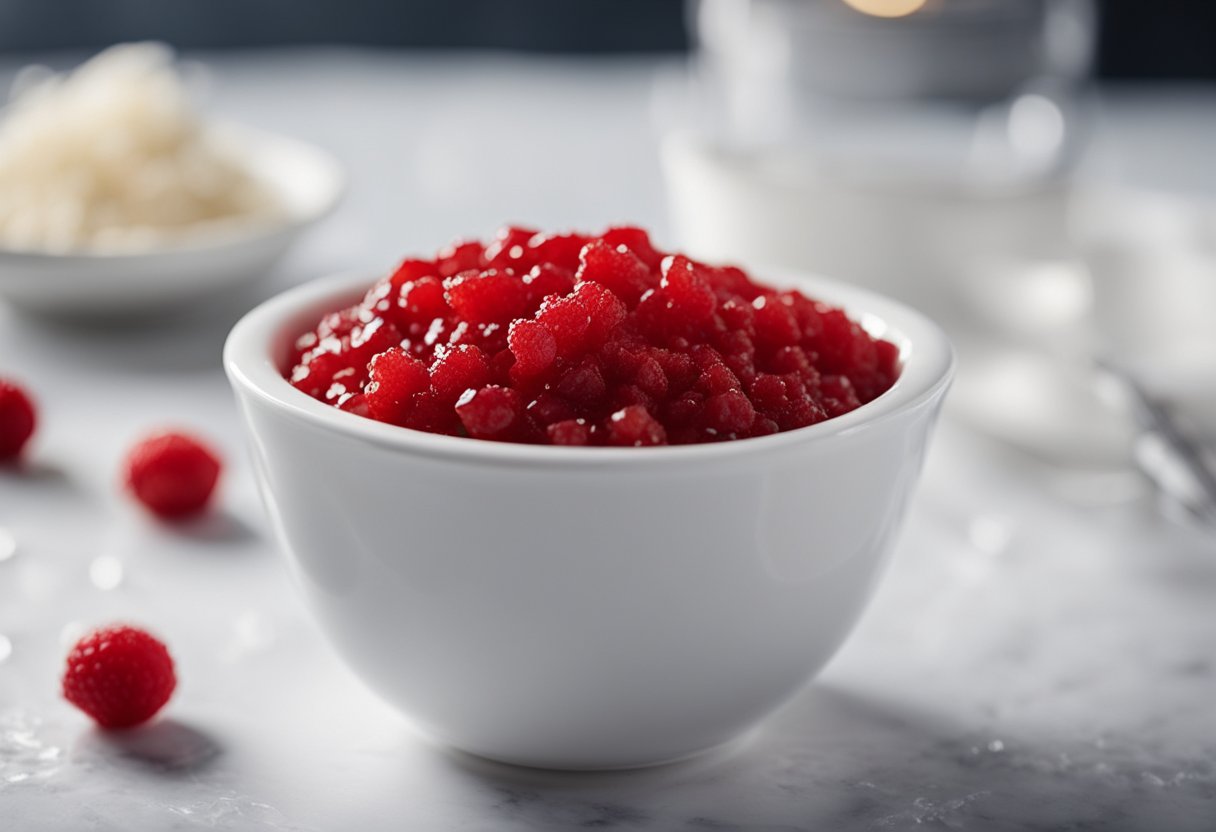
Harissa is an incredibly versatile sauce that can be used in a variety of dishes. Its smoky, slightly sweet, and spicy flavor can add depth and complexity to everything from soups and stews to marinades and dressings.
One of the most popular ways to use harissa is as a marinade for meat, particularly chicken and lamb. Simply mix harissa with olive oil and lemon juice and use it to coat your meat before grilling or roasting. The result is a flavorful and juicy dish that’s sure to impress.
Harissa also makes a great dip or spread. Mix it with yogurt or sour cream for a creamy and flavorful dip that pairs well with vegetables or pita chips. It can also be used as a sandwich spread or mixed with ketchup for a spicy twist on a classic condiment.
In North African cooking, harissa is often used to add flavor and heat to soups and stews. It can also be used to spice up shakshuka, a popular Middle Eastern dish made with eggs, tomatoes, and spices.
If you’re looking to make your own harissa, it’s surprisingly easy. Simply blend together toasted red peppers, chiles, garlic, and a combination of spices like cumin, coriander, and caraway seeds in a food processor.
You can also find pre-made harissa paste or powder at many grocery stores or online retailers like Amazon.
One thing to keep in mind when using harissa is its heat level. While some varieties are mild, others can be quite fiery. If you’re not used to spicy foods, start with a small amount and gradually add more to taste.
Another benefit of harissa is its potential metabolism-boosting properties. Some studies have suggested that the capsaicin in chiles, which gives harissa its heat, can increase metabolism and aid in weight loss.
To store homemade harissa, simply freeze it in jars or ice cube trays for later use. Pre-made harissa paste or powder can be stored in the fridge or freezer according to the manufacturer’s instructions.
Overall, harissa is a flavorful and versatile sauce that can add a unique twist to many dishes. Whether you’re grilling meat, making a dip, or spicing up a soup, harissa is a great ingredient to have on hand.
Versatility of Harissa
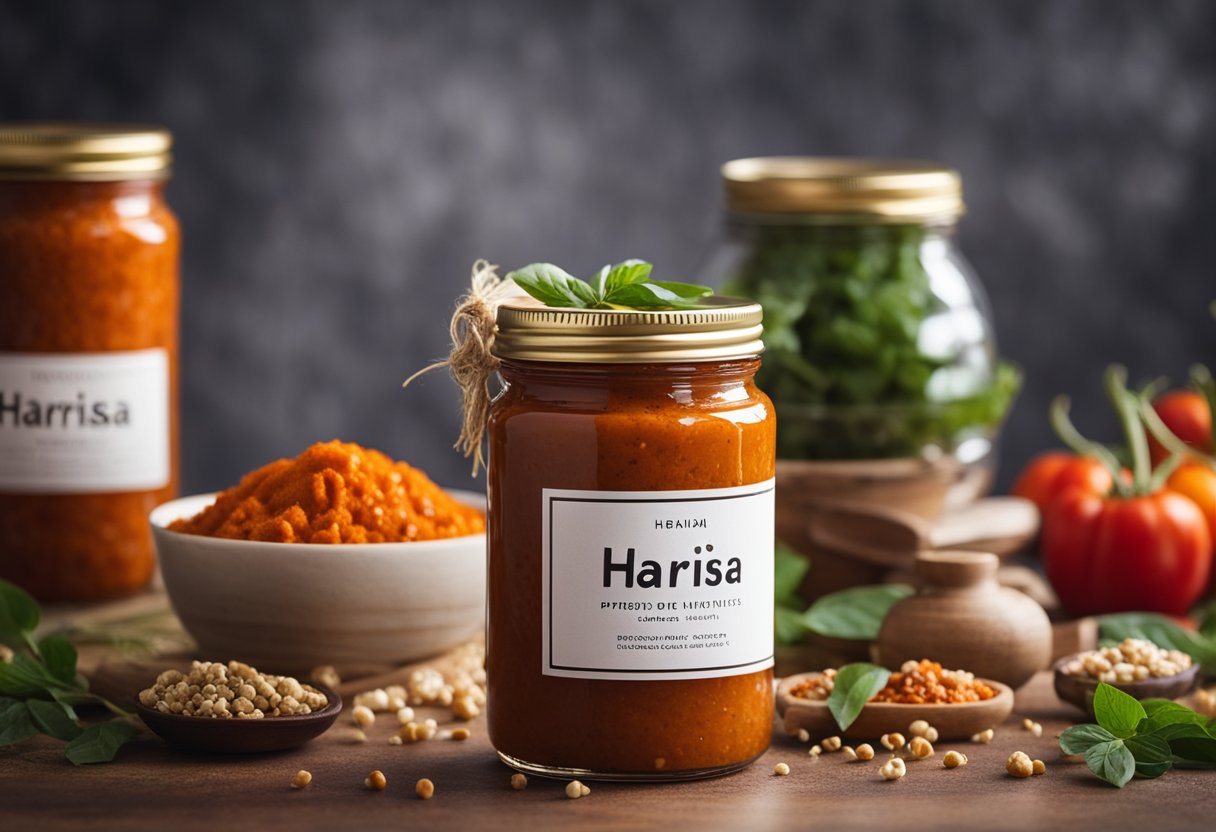
As someone who has cooked with harissa for a while now, I can confidently say that it is one of the most versatile condiments out there.
Harissa can be used in a variety of dishes, from soups and stews to marinades and dressings. Its flavor profile is complex and multidimensional, making it a great addition to any dish that needs a little kick.
One of the best things about harissa is that it comes in a range of heat levels, from mild to very spicy. This means that you can use it in dishes that require just a touch of heat, or you can use it to add a serious kick to your food.
If you’re new to harissa, I recommend starting with a mild version and working your way up to hotter varieties as you become more comfortable with the flavor.
Harissa is commonly used in Middle Eastern and North African cooking, but it’s becoming increasingly popular in other parts of the world as well. You can find it in most grocery stores these days, either in the international foods aisle or in the condiment section.
One of my favorite ways to use harissa is to mix it with yogurt to create a spicy dip or sauce. The consistency of harissa is perfect for mixing with yogurt – it’s thick enough to hold its shape, but not so thick that it’s difficult to stir in.
Simply mix a spoonful of harissa into a cup of plain yogurt, and you’ve got a delicious and healthy dip that’s perfect for veggies, pita bread, or even grilled meats.
In addition to yogurt, harissa can be mixed with olive oil to create a marinade for chicken or fish, or it can be used as a dressing for salads. Its smoky, slightly sweet, and spicy flavor pairs well with a variety of ingredients, so feel free to experiment and see what works best for you.
Overall, harissa is a must-have condiment in any kitchen. Its versatility, mild to spicy heat levels, and Middle Eastern origins make it a unique and flavorful addition to any dish.
Making Harissa at Home
I love making harissa at home because it’s so easy and the flavor is unbeatable. There are a few different ways to make it, but I prefer using a food processor for a smoother texture.
To start, gather your ingredients. You’ll need dried chiles, garlic, salt, olive oil, and spices like coriander, cumin, and caraway. You can use any type of dried chiles you like, but I recommend a mix of spicy and sweet for a balanced flavor.
First, you’ll need to soak the chiles in hot water for about 30 minutes to soften them up. Then, remove the stems and seeds and add them to your food processor along with the garlic, salt, and olive oil. Pulse until everything is well combined.
Next, add your spices and pulse again until you have a smooth paste. If you want a chunkier texture, you can also add some roasted red peppers or tomatoes at this point.
Once your harissa is ready, you can use it right away as a spread or seasoning for meats, vegetables, and more. You can also freeze it in jars or freezer bags for later use.
If you don’t want to make harissa from scratch, you can also use harissa powder as a shortcut. Simply mix it with olive oil to create a paste and use it in the same way as homemade harissa. However, I highly recommend trying the homemade version at least once for the freshest and most authentic flavor.
Frequently Asked Questions
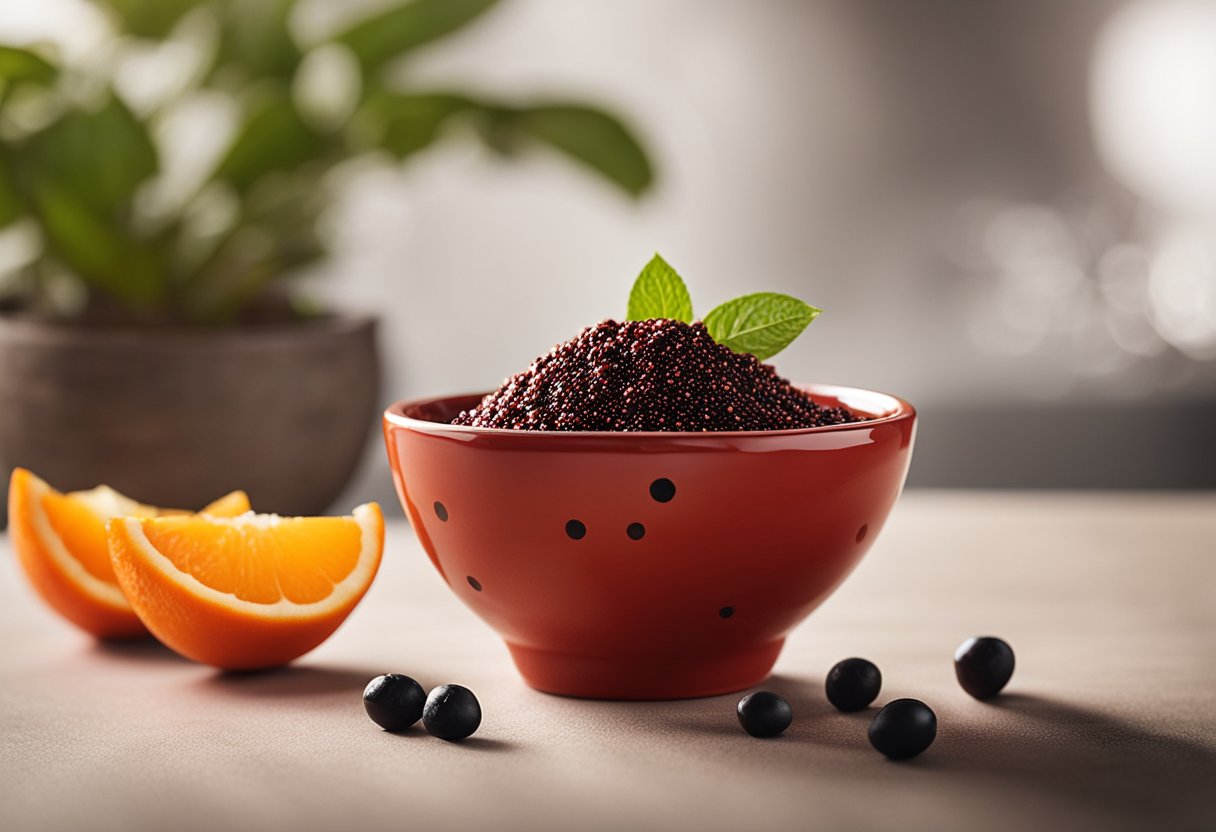
What are some good pairings for harissa sauce?
Harissa sauce is a versatile condiment that can be paired with a variety of dishes. Some popular pairings include grilled meats, roasted vegetables, eggs, and sandwiches. It can also be used as a dip for bread or chips.
How does harissa compare to other spicy sauces?
Harissa is a spicy sauce that is similar in heat level to sriracha and Tabasco sauce. However, it has a unique flavor profile that sets it apart from other hot sauces. Harissa is made with a blend of chili peppers, garlic, and spices, which gives it a smoky, earthy flavor.
What is the flavor profile of harissa paste?
Harissa paste has a complex flavor profile that is both spicy and savory. It is made with a blend of chili peppers, garlic, coriander, cumin, and caraway seeds, which gives it a smoky, earthy flavor.
The addition of sweet red peppers and tomato paste adds a touch of sweetness to balance out the heat.
What are some common uses for harissa sauce?
Harissa sauce can be used in a variety of ways. It can be used as a marinade for meats, a seasoning for soups and stews, or a condiment for sandwiches and burgers. It can also be mixed with yogurt or hummus to create a spicy dip.
What are some substitutes for harissa paste?
If you don’t have harissa paste on hand, you can use other spicy sauces as a substitute. Sriracha, Tabasco sauce, or even red pepper flakes can be used in place of harissa paste. However, keep in mind that the flavor profile will be different.
Where can I buy harissa paste?
Harissa paste can be found at most grocery stores in the international foods section. It can also be purchased online from specialty food stores or Amazon. If you prefer to make your own, there are many recipes available online.


